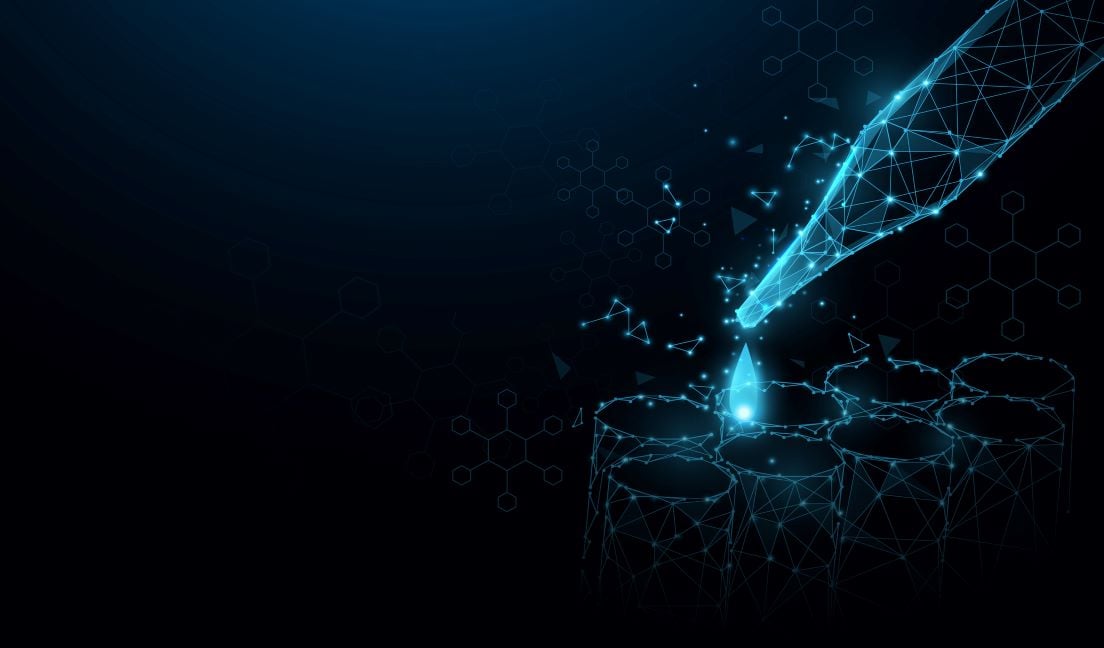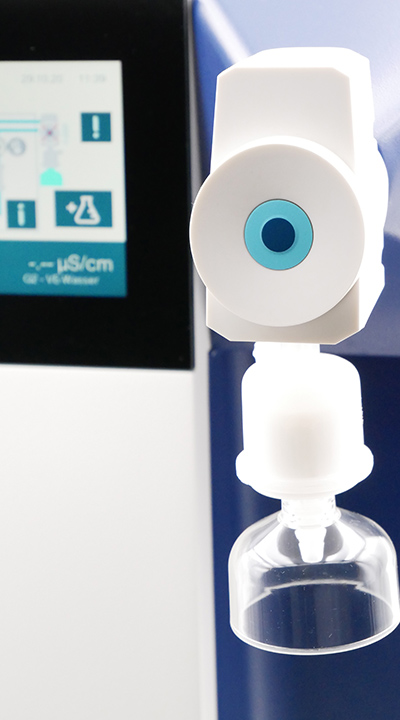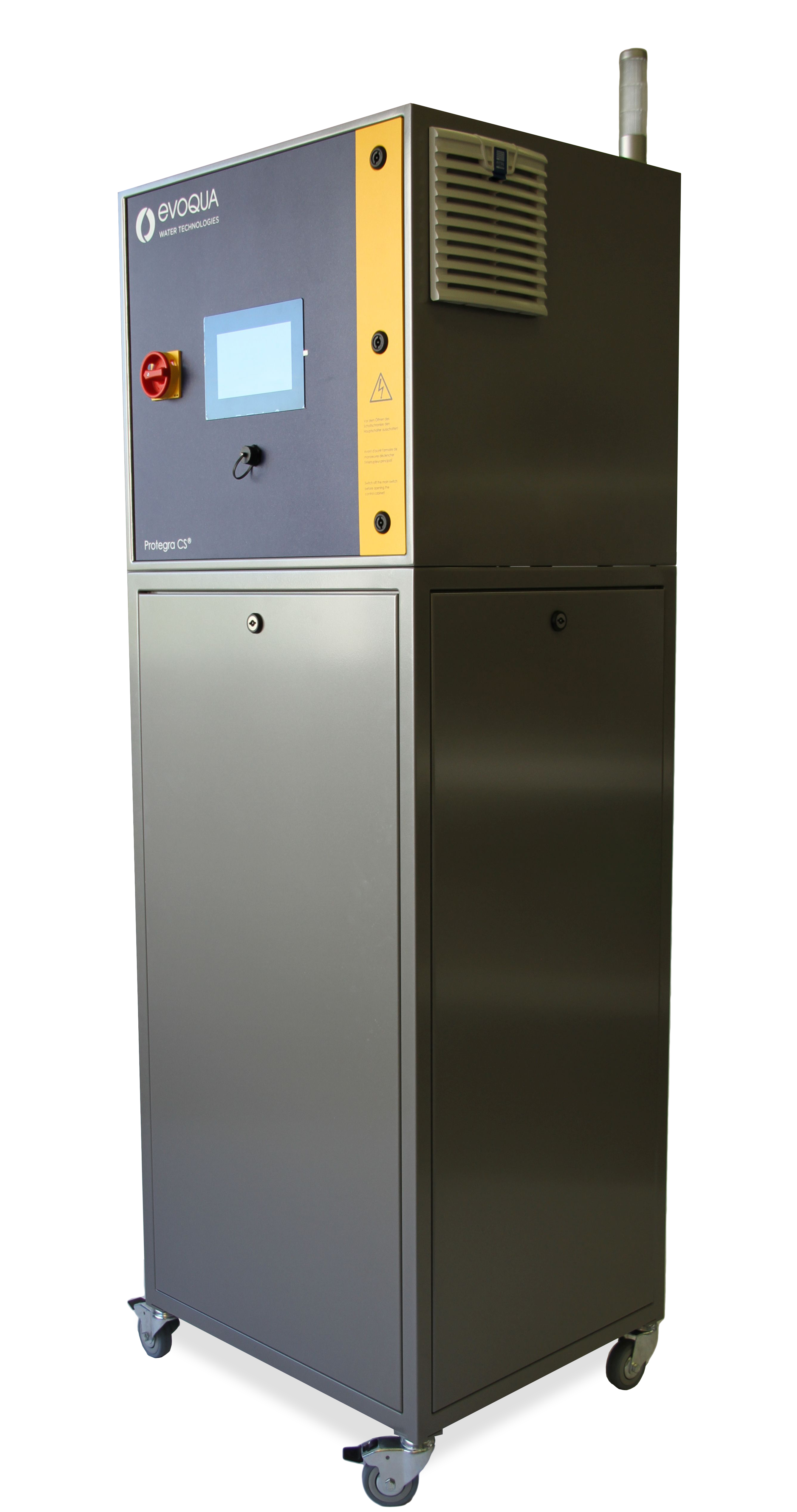Water and electronics do not typically go hand in hand. However, the demand for high purity water in technological development is increasing. High purity water, also known as ultrapure water, plays an essential role in the manufacturing of microelectronics used in everyday products, such as smartphones and computers.
As the pandemic drove people to work from home, an explosion in the demand for these products coincided with the acceleration of existing technology trends such as 5G and Artificial Intelligence. This created massively increased demand for semiconductors that underpin microchips and other microelectronics, and in turn, high purity water necessary to their production.
What is high purity water?
Also known as purified water or laboratory water, high purity water is water that has been mechanically filtered or processed to remove impurities and attain stringent purity specifications to make it suitable for use in sensitive applications, such as in laboratory settings and for the manufacture of highly sensitive microelectronic devices.
It is typically split into three categories – Type I, Type II, and Type III – each with their own purity specifications. While Type I is the purest and used for the most sensitive applications, Type III can be used for more general manufacturing processes like product rinsing and equipment cleaning.
Before being utilised in the manufacturing of microelectronics, high purity water must meet the high industry standards such as ASTM International, which measure water purity by conducting tests to measure its resistivity, Total Organic Carbon (TOC), as well as the presence of bacteria, ions, and silica.
To achieve these exacting standards, the water must go through various stages of processing, including the pre-treatment stage, the primary stage, and the polishing stage. The processes involved in water purification include reverse osmosis, deionization, ultrafiltration, and degasification to eliminate any damaging contaminants and impurities.
Why is high purity water necessary for the manufacture of microelectronics?
Microelectronics encompass a range of intricate and highly sensitive electronic components commonly found in our day-to-day, as well as high-tech, electronic devices. This includes semiconductors used in the manufacture of microchips, as well as light emitting diodes (LEDs), silicon wafers and specialised chemicals.
The primary reason high purity water is crucial to manufacture microelectronics owes to the intricate form and sensitive nature of their components. Due to their tiny size and sensitivity, any residue left by biological or other contaminants in process water could have a catastrophic impact on the functioning of the microelectronic component and overall product.
Take semiconductors for example, the thin wafers used to create microchips, which provide the foundation for many electronic products we use on a daily basis. Because of the layered structure in which microchips are built, ultrapure water is needed for rinsing thoroughly between each of these layers to remove debris, solvents, and particles at every phase of production. When we consider the narrow structure of the pathways within microchips, thinner than a wave of visible light, it is easy to understand how even the smallest impurity or contaminant could have a devastating effect on their function.
Furthermore, the instruments used to create microelectronic products are also incredibly sensitive. Without the use of high purity water, fabrication equipment can become damaged and ineffective due to residue, leading plants to incur costs with the need for repair, maintenance and even replacement. Using high purity water here is also essential to keep equipment clean and functional, as well as providing the necessary conditions for the manufacture of microelectronics.
What’s driving the need for microelectronics?
Of particular importance now and in future will be the role of high purity water in the manufacture of semiconductors, which are the wafers used to create microchips found in an increasingly wide array of everyday products, such as cars, which can contain up to 3,000 semiconductors.
Driving the need for microelectronics is the continuing convergence of key aspects of our lives and industrial networks with the internet, known as the Internet of Things (IoT). The IoT is the network of physical objects fitted with software, sensors and other technology capable of storing and processing data with other objects and systems via the internet.
It is expected that 30.9 billion devices will be connected to the IoT by 2025, including everyday devices such as cars, thermostats, lights, refrigerators and more – each requiring more and more microelectronics for their functioning and in turn, increasing amounts of high purity water to manufacture them.
To achieve these levels of purity, the water is often deionized and filtered to meet the standards established by technical organizations, such as the Semiconductor Equipment and Materials International (SEMI).
The benefits of high purity water beyond the microelectronics production
Further to its essential role in rinsing the intricate structures of microelectronics during their production, ultrapure water has several other important roles in the manufacture and development of technological devices.
During the final stages of manufacture, high purity water is used to rinse finished components. It is also required to cool components after they have been processed, such as transistors and capacitors. Not using high purity water at this stage could produce residue and staining on the product and render them non-functional.
High purity rinse water is also being used to reduce costs and increase sustainability in the manufacture of tech, as it can often be recycled and reused for cleaning and cooling purposes. This allows fabs to reduce the amount of wastewater they produce and the quantity of high purity water they consume overall.
Evoqua high purity water systems
To meet the exacting standards of high purity water in the manufacturing of microelectronics, it’s essential to source the right water purification systems to achieve the desired water quality. Evoqua provides a range of products which meet the water requirements needed for many applications, including the manufacturing and production of a microelectronics. These requirements often include the use of ultrapure water with a conductivity less than 0.06uS/cm and TOC < 30ppb.
Evoqua’s Protegra RO EDI system is designed to produce high quality water without the use of chemicals. The system can be used for a range of applications, including electrophoreses, buffer preparation and for the cleaning, washing and rinsing of parts, such as microchips. The cost-effective system incorporates reverse osmosis and the EDI cell to deliver high resistivity deionized water with a <0.1 conductivity and a total TOC content of <30ppb.
In addition, Evoqua’s Ultra Clear™ ultrapure water systems can be used for laboratory water quality testing. The system can be used for several applications, including TOC analysis and 2D electrophoresis. For those who use RO or DI water within the laboratory, Evoqua is your single source for water purification systems.



